The 100 days that cost Rishi Sunak the election
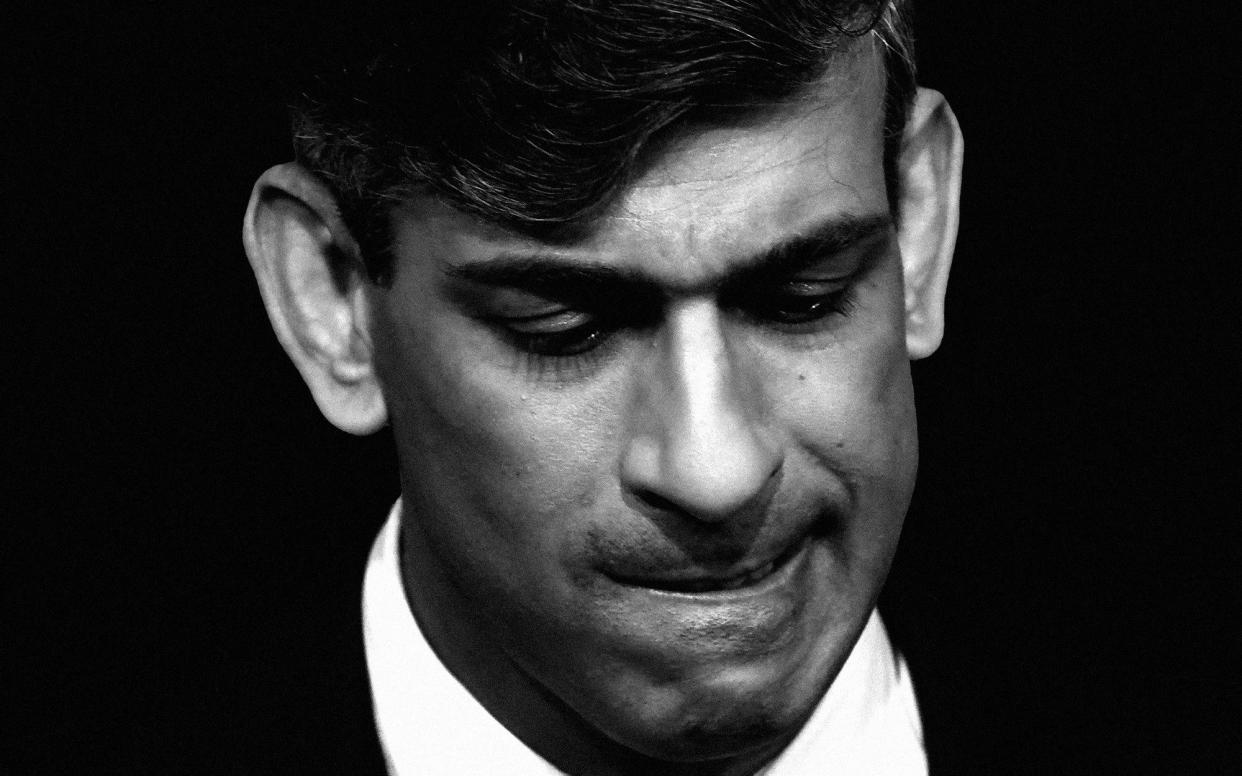
Two months into Rishi Sunak’s stint as chancellor, more than half the electorate said he was doing a good job.
No other politician since Sir Tony Blair had enjoyed such positive ratings with the public, and no chancellor had been as popular since Labour’s Denis Healey in 1978.
In the four years since then, his personal rating has hurtled headlong downhill, to the point where almost three quarters now say he is doing a bad job – and the Conservatives appear on course to lose more than two thirds of the seats that Boris Johnson won in 2019.
The most significant fall came in the first 100 days of Sunak’s premiership, a period in which the public’s view of the Prime Minister plunged to depths from which he has ultimately proved unable to recover.
Weaving together two YouGov polls based on his effectiveness as chancellor and as prime minister, Sunak’s falling popularity has not been a straight line. There have been moments when he has shown that he can swing the dial back in his favour, with bold policy announcements like his net zero reset and tax-cutting budgets. They just don’t appear to have been enough.
1. A bright start as chancellor
According to a monthly survey carried out by YouGov, Sunak was hugely popular when he took over as chancellor from Sajid Javid. In April 2020, just 9 per cent of those surveyed thought he was doing a bad job, with an impressive 52 per cent thinking he was doing a good job and 39 per cent unsure either way.
He had just delivered his first spring statement, in which he allocated billions more to the NHS and increased the threshold at which National Insurance starts being paid.
Following a slight dip in his ratings, by July 2020 he had recovered his “good job” rating back to 52 per cent thanks to the introduction of the furlough scheme during Covid and the Eat Out to Help Out scheme, which had just been announced when that month’s poll was taken.
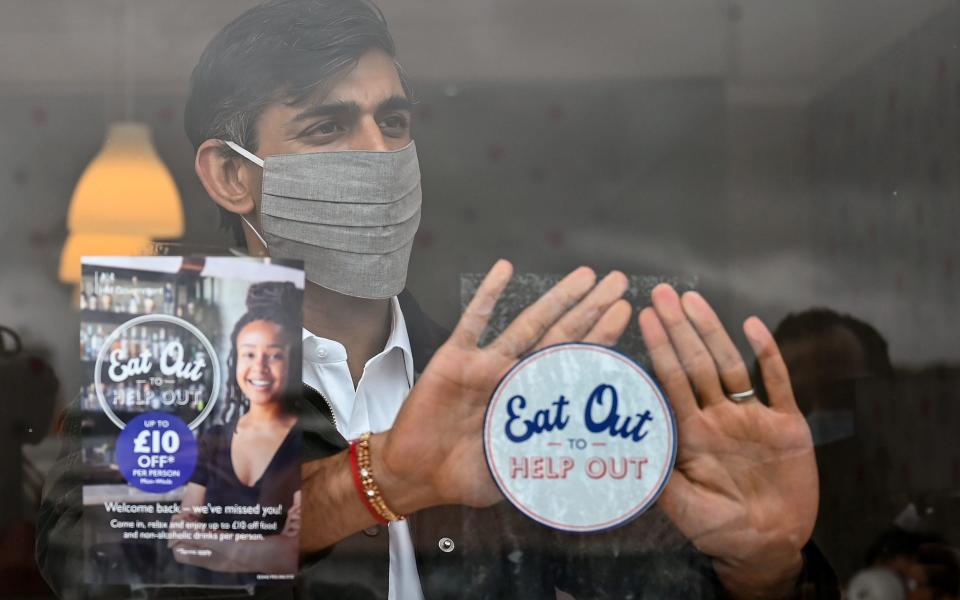
It was at this time that Sunak started putting out self-promoting social media posts announcing his policies with his signature scribbled across each image, which prompted speculation that he was positioning himself for a future leadership bid.
2. The cracks begin to appear
From then on, however, it was a steady downward slope for Sunak, beginning in the first few months of 2022 with the first of two major drops in popularity since he first entered the Cabinet in 2020.
In February 2022 the number of people saying he was doing a bad job overtook the number saying he was doing a good job for the first time.
At the end of January 2022, some 34 per cent of people still thought he was doing a good job, compared with 26 per cent for bad job, but by mid-April 50 per cent of people opted for bad job and just 20 per cent said he was doing a good job. Clearly, those three months were pivotal for Sunak in terms of his future.
During that time Sunak was increasingly being caught up in the partygate scandal, which culminated in him being issued with a fixed penalty notice for breaking Covid rules on social gatherings by attending an impromptu birthday celebration for Johnson in June 2020.
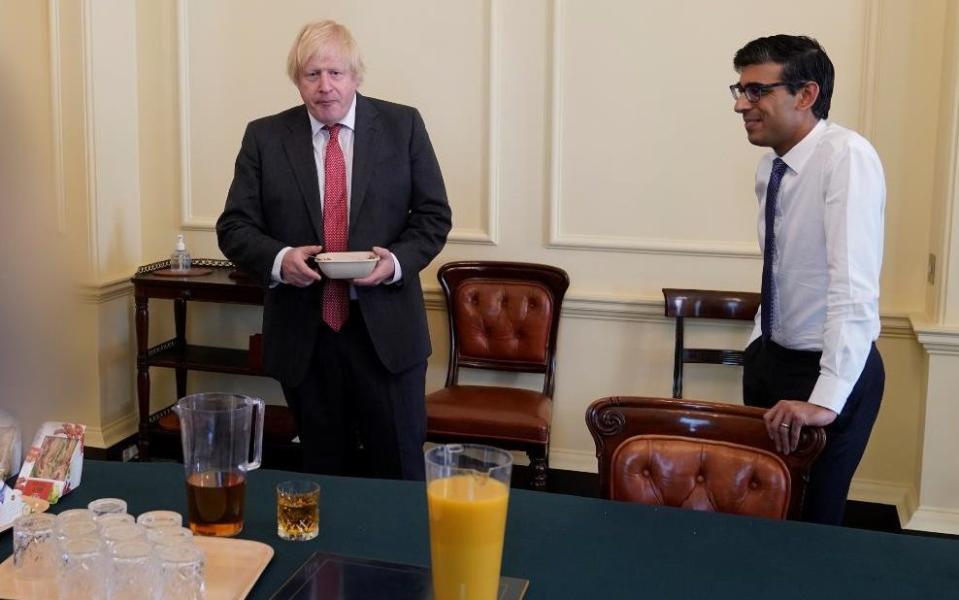
He said at the time that he was “extremely and sincerely sorry” and was urged by some advisers to resign so that he could present himself in a future leadership challenge as morally superior to Johnson, who was also fined and who refused to quit. The cost of living crisis was also starting to bite, and his wife’s non-domiciled status (which she later gave up) had come to light in the media.
3. On the cusp of leadership
However, Sunak proved to himself that his negative ratings could quickly be reversed with innovative thinking and popular ideas.
Between April and July 2022 he had narrowed the 30 percentage point gap between his negative and positive ratings to just 16 per cent, thanks to a decision in May 2022 to impose a £5 billion windfall tax on energy companies to help fund cost of living support payments.
Every household was given £400 towards their energy bills, on top of a £150 reduction in council tax, and the lowest income households were given an extra £650 on top of that while pensioners were given £300 more.
Sunak said at the time that the Government was “stepping up to help”, and even Left-wing organisations praised the chancellor for making what they said was the right call.
He also used his spring statement to raise the National Insurance threshold once again and cut fuel duty by 5p.
4. Steadying the ship after Liz Truss
By October 2022 Sunak had managed to edge his way back into positive territory – just – by taking over as Prime Minister from Liz Truss, having earlier resigned as chancellor, helping to bring down Johnson.
Truss had proved so unpopular that Sunak was given the benefit of the doubt by the public, who were effectively split down the middle over whether he was doing a good or bad job as Prime Minister.
After Kwasi Kwarteng, Truss’s chancellor, had spooked the markets with his radical autumn budget, Sunak told the British public: “There is no doubt we face a profound economic challenge. We now need stability and unity, and I will make it my utmost priority to bring our party and our country together.”
What he did not do was tell voters how he would lead them to a brighter future, other than trying to reverse the problems that had built up during the previous 12 years of Conservative government, including sky-high inflation, huge NHS waiting lists, a flagging economy and porous borders.
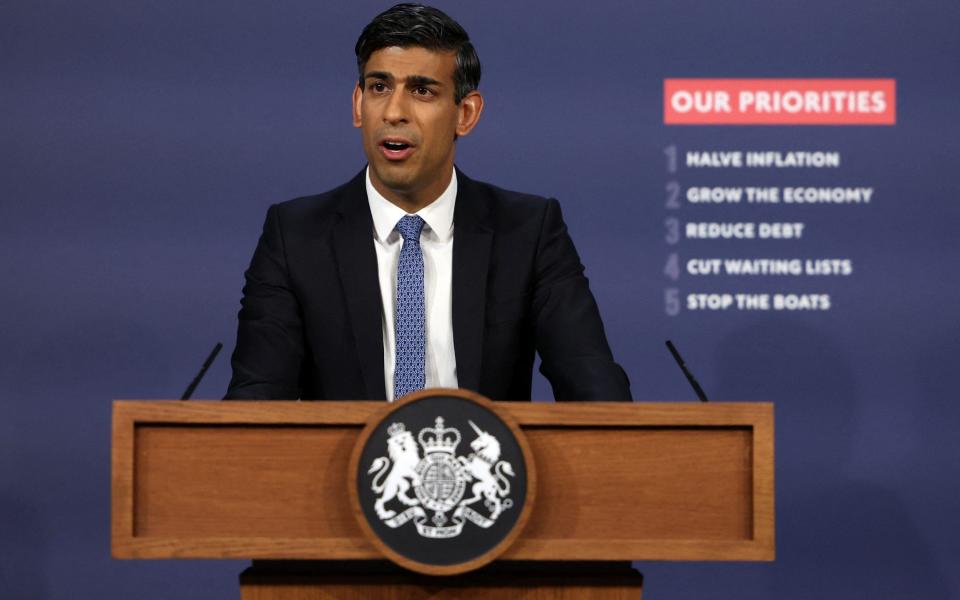
The first 100 days of Sunak’s premiership saw his ratings tumble at an alarming rate. Half a million public sector workers went on strike from schools, universities and the railways on what was billed as the biggest single day of industrial action in more than a decade.
The NHS clocked up record ambulance delays and accident and emergency waiting times, to add to the growing waiting lists.
To add to the sense of doom enveloping Number 10, Sunak had to sack party chairman Nadhim Zahawi after his tax affairs become front page news; Sir Gavin Williamson resigned from the Cabinet over bullying allegations, and Sunak was criticised for making Suella Braverman home secretary days after she resigned for breaking the ministerial code.
5. Unveiling his five pledges
By January 2023 Sunak was back to his familiar position of a 30-point gap between his negative and positive ratings, with 56 per cent saying he was doing a bad job and 26 per cent saying good job.
By March 2023, though, he had once again managed to halve that gap – 49 per cent opting for bad job and 34 per cent saying good job – thanks in part to a major speech in January that year setting out his priorities for the year.
He stood up to unions demanding a 19 per cent pay increase for nurses, and unveiled his five pledges, the most striking of which, perhaps, was that he would “stop the boats”. Voters liked the sound of that, but over the next seven months, with no sign of the boats being stopped, Sunak’s ratings drifted out to sea once again. March 2023 remains the lowest negative rating Sunak has had since November 2022.
Since then, the gap between Sunak’s positive and negative ratings has been steadily growing, to the point where the latest figures, from June this year, show 72 per cent of people saying he is doing a bad job and just 20 per cent saying he is doing a good job, putting him on minus 52 points.
There was, though, one moment when he bucked the trend. Between October and November last year the gap narrowed from minus 40 to minus 34 points, which coincided with his decision to water down net zero policies.
6. Taking action on net zero
Sunak earned a slight improvement in his ratings in October 2023 after using a speech at the end of the previous month to push back the ban on the sale of new combustion-engined cars from 2030 to 2035; slow down the phase-out of new gas boilers; scrap fines for poorly insulated homes, and abandon plans for homeowners to have up to seven different bins.
By taking bold action to reduce what he called the “unacceptable costs” of net zero, he put himself on the side of the public, and of families that he said were facing “costs that no-one was ever told about, and which may not actually be necessary to deliver the emissions reduction that we need”.
Sunak had shown that the public was willing to listen, if he had something to say that answered their concerns. Since then, the evidence from the polls suggests he has not done enough to show he is speaking their language.
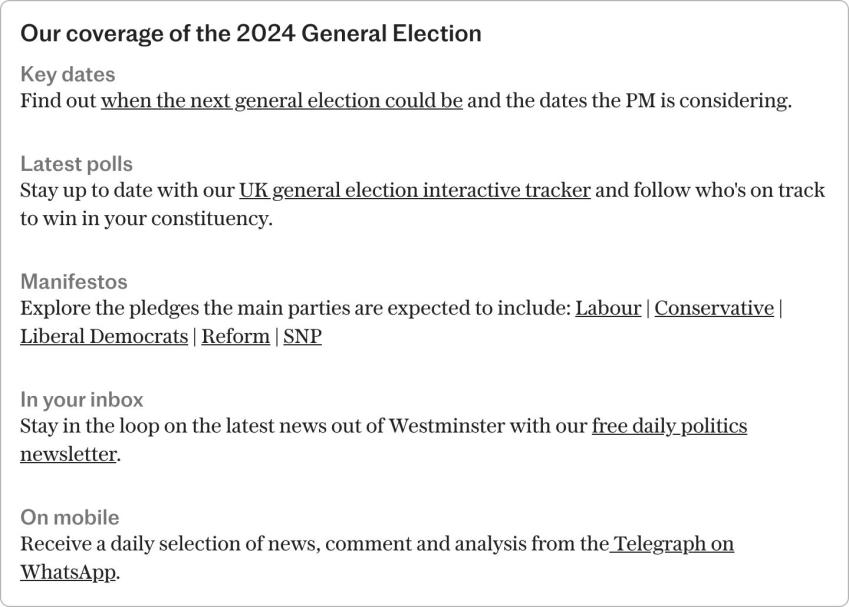

 Yahoo News
Yahoo News 
